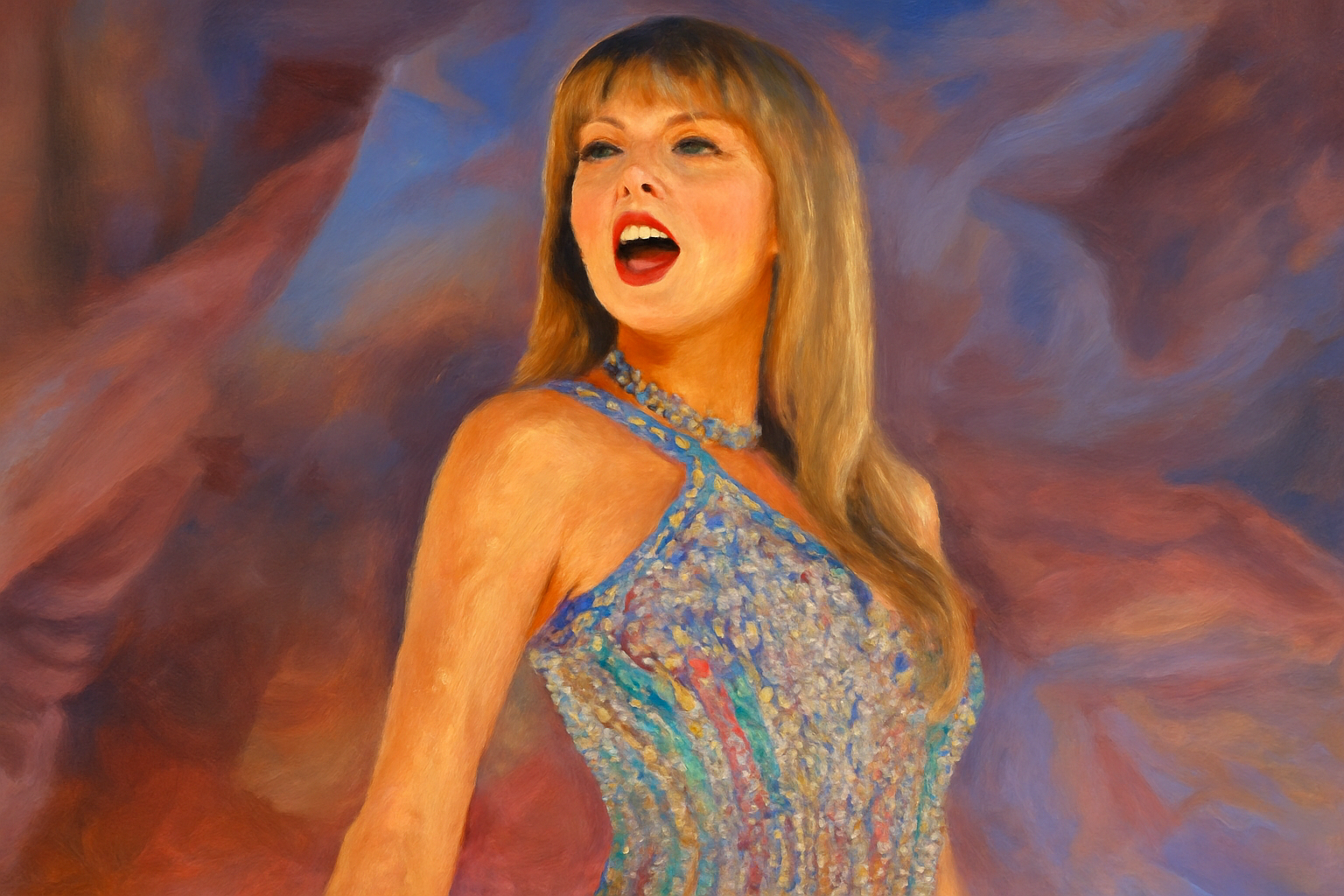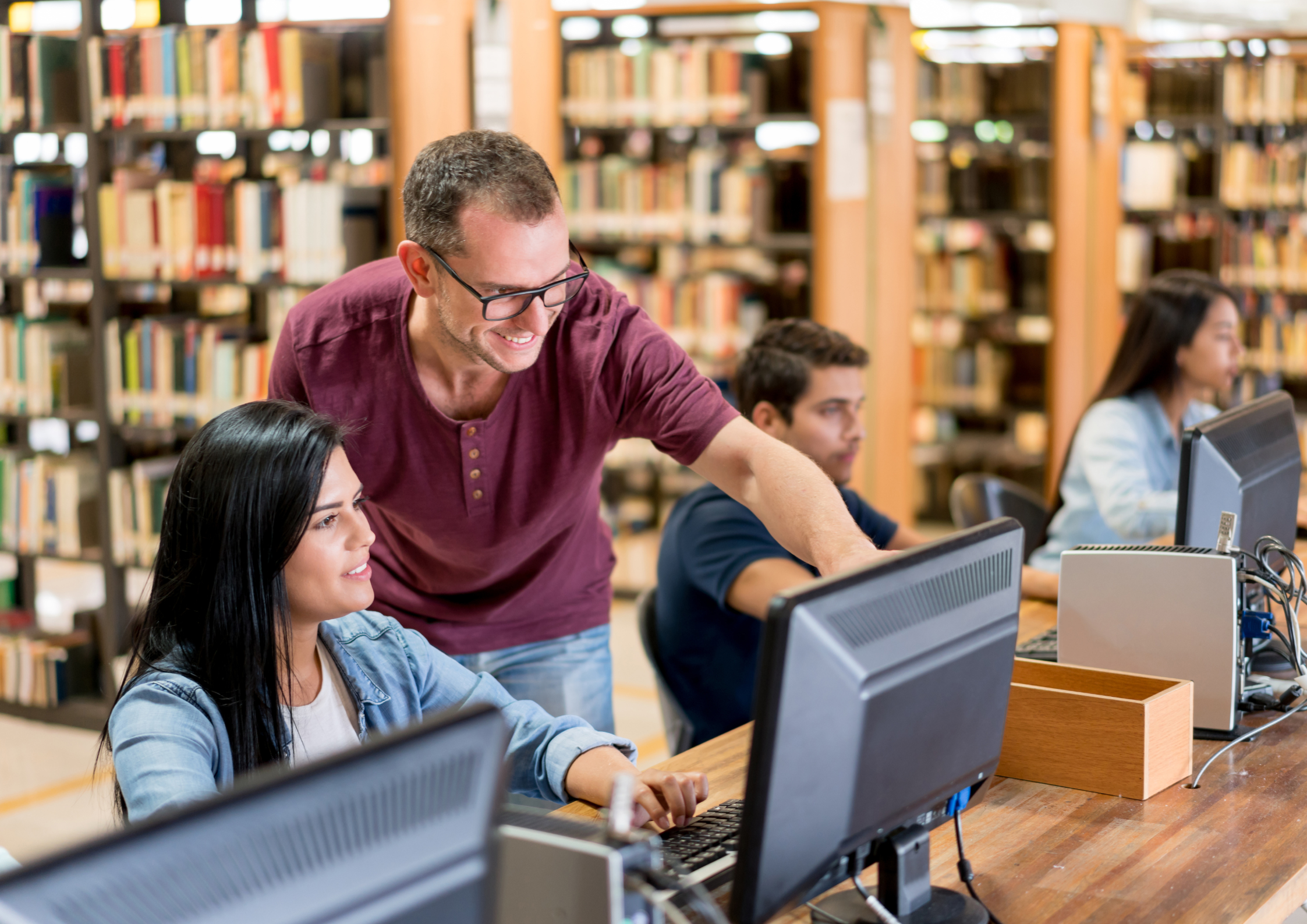Cutting-edge technology preserves Holocaust Survivor testimonies for future generations
Innovative technology has been developed to ensure that the testimonies of Holocaust survivors can continue to educate students long after the survivors themselves have passed away.
The technology supports the national curriculum and allows students to engage in lifelike conversations with virtual representations of Holocaust survivors, particularly significant as survivors, now in their 80s and 90s, are increasingly unable to share their experiences in person.
Aligning with the national curriculum, the tech enables students to participate in realistic conversations with virtual representations of Holocaust survivors. This is particularly meaningful, given that many survivors, now in their 80s and 90s, are increasingly unable to share their experiences in person.
The project, part of the Testimony 360 programme, was officially launched in a UK school for the first time on 19th June.
Testimony 360 utilises advanced AI and virtual reality (VR) technology to create interactive survivor testimonies. Students can ask up to 1,000 questions, to which the virtual survivor will respond with pre-recorded answers, giving the impression of a natural conversation. Specialised cameras and real-time AI-powered search capabilities make it possible for students to feel as though they are speaking directly with the survivors.
In addition to these interactions, VR headsets allow students to explore significant sites related to the survivors' stories. These include pre-war hometowns and concentration camps, offering a comprehensive and immersive educational experience.
Karen Pollock CBE, Chief Executive of the Holocaust Educational Trust, remarked:
“Testimony 360 is a groundbreaking educational programme which will revolutionise how we learn about the Holocaust, allowing young people to hear from eyewitnesses even when they are no longer with us. While it is impossible to replace survivors, Testimony 360 will help to ensure that their incredible legacy lives on beyond their lifetimes, and that generations to come will still be able to have the unparalleled experience of hearing directly from a Holocaust survivor, and visiting the places they lived, were imprisoned, and rebuilt their lives.
“With the threat of antisemitism reaching levels not seen since the liberations of the camps, this programme could not be more vital in ensuring that young people understand where antisemitism can and did lead.”
The technology is available free of charge to all schools across Britain, ensuring wide accessibility.
USC Shoah Foundation developed the technology behind Testimony 360 through its Dimensions in Testimony programme and brought to the UK in collaboration with the Holocaust Educational Trust.
The AI and VR systems use a nine-camera rig to create 3D-like video images, which are displayed on classroom screens or individual laptops. This gives students the impression of being face-to-face with the survivors.
After interacting with the virtual survivors, students can use VR headsets to visit important sites from the survivors' pasts. These virtual spaces include interactive artefacts that help students understand the daily life and hardships faced by Holocaust victims.
Manfred Goldberg BEM, a Holocaust survivor who was nine years old when the war broke out, is the first to feature in Testimony 360 for UK pupils. Goldberg, his mother, and his younger brother were deported from Germany to the Riga Ghetto in Latvia, from which inmates were regularly selected for mass shootings. Goldberg's brother was murdered in a slave labour camp, and Goldberg himself was later sent to Stutthof concentration camp. After more than eight months of forced labour and a death march, he was liberated in 1945.
In September 1946, Manfred came to Britain to be reunited with his father. After learning English, he managed to catch up on some of his missed education and eventually graduated from London University with a degree in Electronics. He is married with four sons and several grandchildren.
Goldberg, along with survivors Susan Pollack OBE, Hannah Lewis MBE, and John Dobai, spent five days being filmed in a green screen rig, answering over 1,000 questions each.
Manfred Goldberg BEM, said:
“This technology is simply remarkable - it feels close to magic. Never during those dark days of the Holocaust did I ever imagine that one day I would see myself, and my story, immortalised in this way. I have spoken to thousands of pupils over the years - perhaps now I will make it millions. If this is my legacy, it will be a truly remarkable one.”
These testimonies ensure that students can continue to learn from these experiences in a highly interactive and personal manner. The virtual testimonies of Pollack, Lewis, and Dobai are expected to be introduced in schools from 2025.
The programme was officially launched at Sacred Heart Catholic School, where students could engage with Goldberg in person and through his virtual counterpart. This unique event showcased the potential of the technology to blend virtual and real-world interactions.
Richard Price, a History Teacher at Sacred Heart Catholic School, commented:
“It was an absolute honour that my class was chosen to be the first in the UK to experience Testimony 360. We have previously been lucky enough to have survivors speak in our school, but this will ensure that future generations of school children will get the opportunity to do the same, even when survivors are sadly no longer with us.
“Combined with the virtual reality aspect, it allows pupils to connect with the people and places of the Holocaust like never before. It’s really exciting to think about the wider applications for history teaching this sort of technology could have in the future.”














